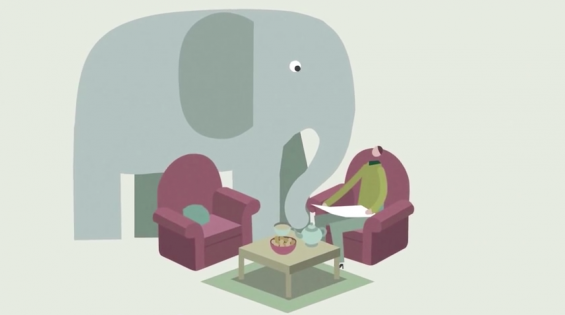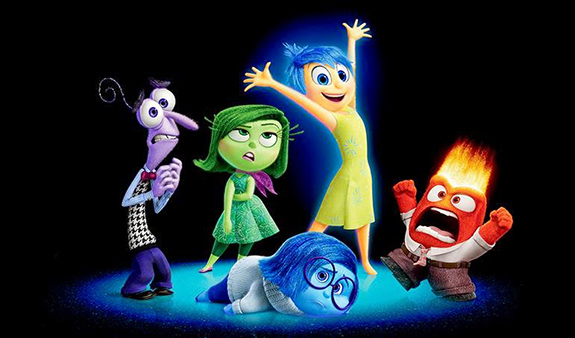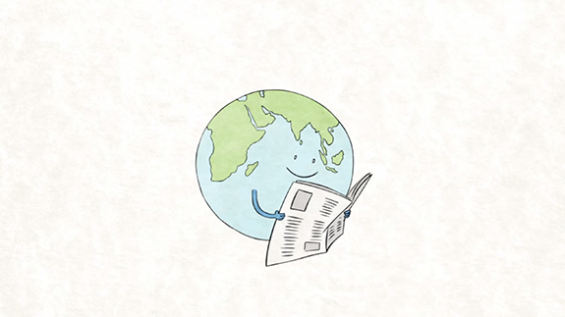
The science of ‘Inside Out’: 5 TED-Ed Lessons to help you understand the film

Inside Out, Pixar’s latest animated masterpiece, is not only an emotional rollercoaster, but also a vehicle for some solid scientific storytelling. Of course, the film can’t be taken literally, as it’s a visual interpretation of abstract concepts: memories are not spheres, and the train of thought is not … actually a train. To help clarify the trickier science, we’ve rounded up 5 TED-Ed Lessons that explain some of the neuroscience and psychology introduced in the film.
MEMORY
Memories drive both the plot of Inside Out and most of the inner workings of Riley’s brain. But how do our brains actually store them for later retrieval? And are there different types of memories?
This TED-Ed Lesson answers those questions and more with the story of a patient with a remarkable brain.
SADNESS
If Joy is the captain of this movie, Sadness is the navigator. It’s also pretty prominent in our brains when we sit in the audience. I’m only a little ashamed to admit that I cried. Twice.
Inside Out stresses the importance of sadness—it’s not something we can just push away or blissfully avoid all of the time—because it’s critical for our emotional and social health. And the science supports that idea. This lesson explains how.
BRAIN ACTIVITY
Our brains are pretty complicated, and they’re doing a lot of things, all at the same time (not the least of which is keeping us alive). This lesson helps connect the visual metaphor of Inside Out with the various functions our brains manage.
SLEEP
What’s so great about a good night’s sleep? Why do we even need to sleep at all? “Inside Out” gives a clue for one major reason in the moments when Riley falls asleep and her memories head to long term storage. That’s not far from the truth, as you’ll see in this lesson.
EARWORMS
Is the song from “Lava” (the digital short before Inside Out) stuck in your head? Or the Bing Bong song? Because like Riley’s toothpaste commercial, I can’t shake either one. What’s going on? This is actually an ongoing scientific mystery with a surprising history.
For more TED-Ed explanations of cinematic science, sign up for our weekly newsletter here >>
Featured image courtesy Disney/Pixar.




I enjoyed the film
amazing videos………….. really enjoyed…. and i’m gonna watching inside out tomorrow…. whoooo…..
I saw the film some weeks ago, it was really interesting, but when I watched these videos I could understand it better. I would like to share it with my friends as well.
I also enjoyed the film…Videos are very to understand the concept of Inside Out..Want to share one thing it makes me emotionally strong..Thanks
I enjoyed watching this is was cool! I watched the movie a while ago and now Now i understand the movie better because i watched these videos.
Thanks for sharing this movies!
thanks
Hello,
I wonder if it is OK for us to translate this post and put it in our site with a like to your original version in English.
Thank your for sharing this beautiful blog!
Johana
we enjoyed the video. It can be watched repeatedly.. Emotions are displayed perfectly. Our mixed emotions and who wons by what guidence are shown rightly.
Me and this article, sitting in a tree, L-G-N-R-A-I-N-E!
Movie is very nice. I saw 4 times.